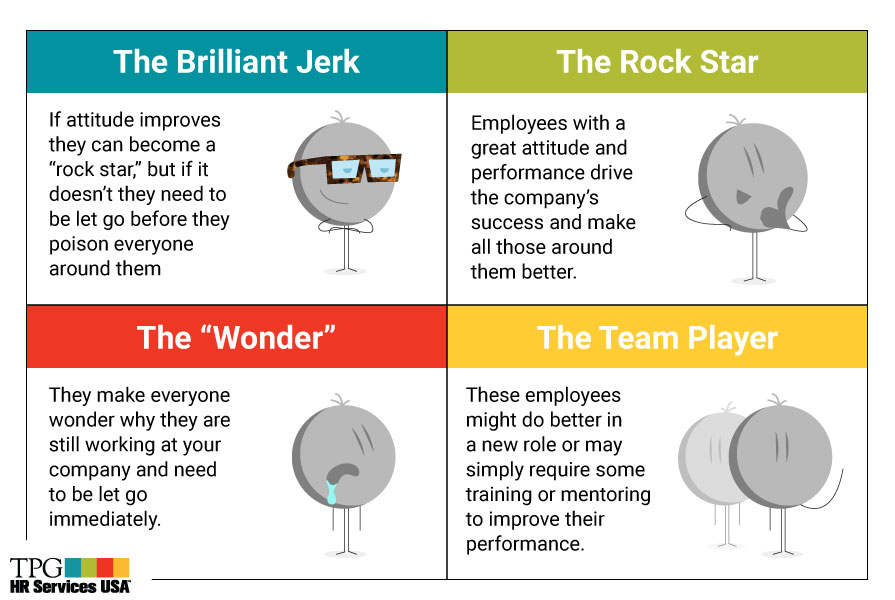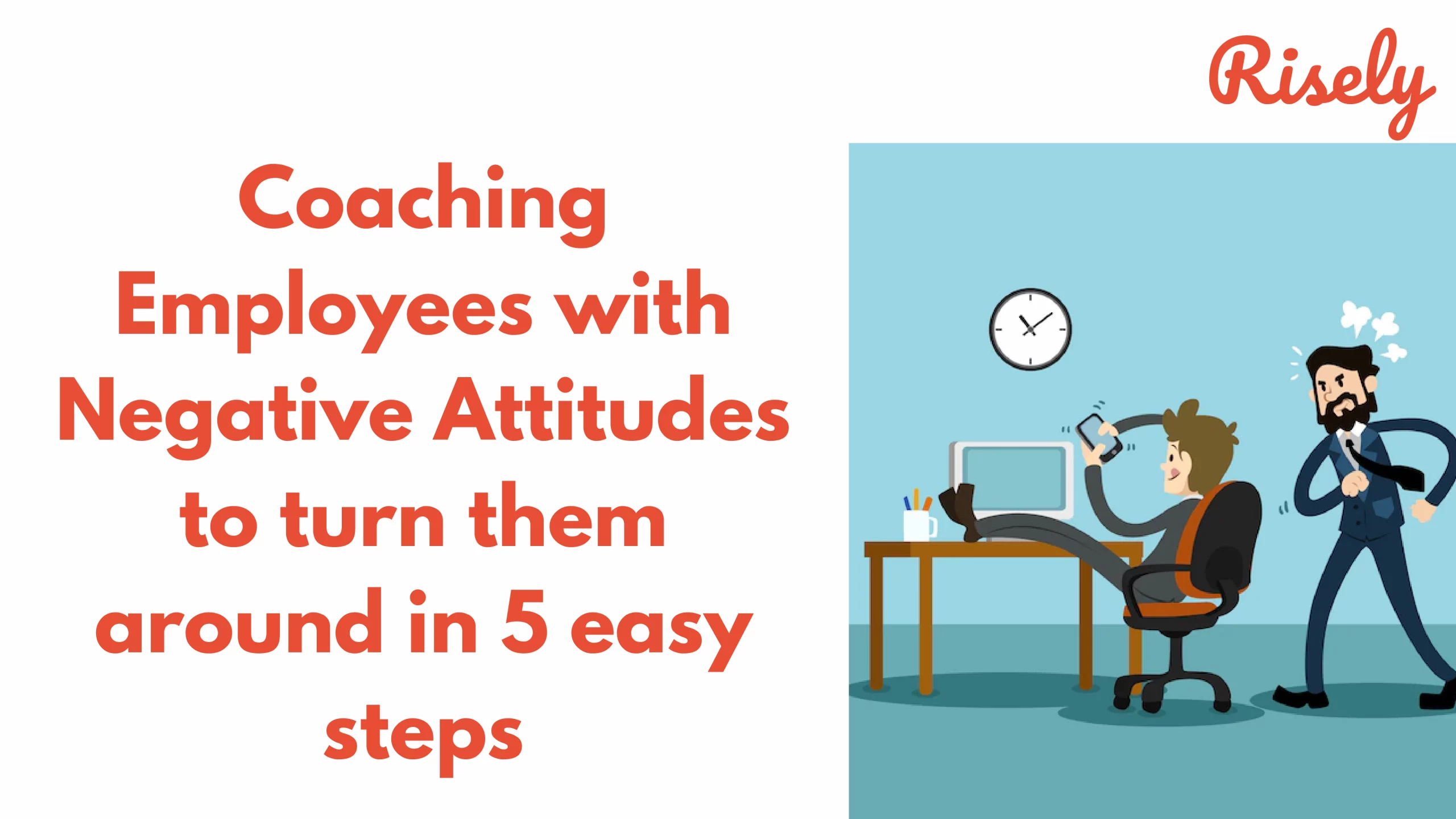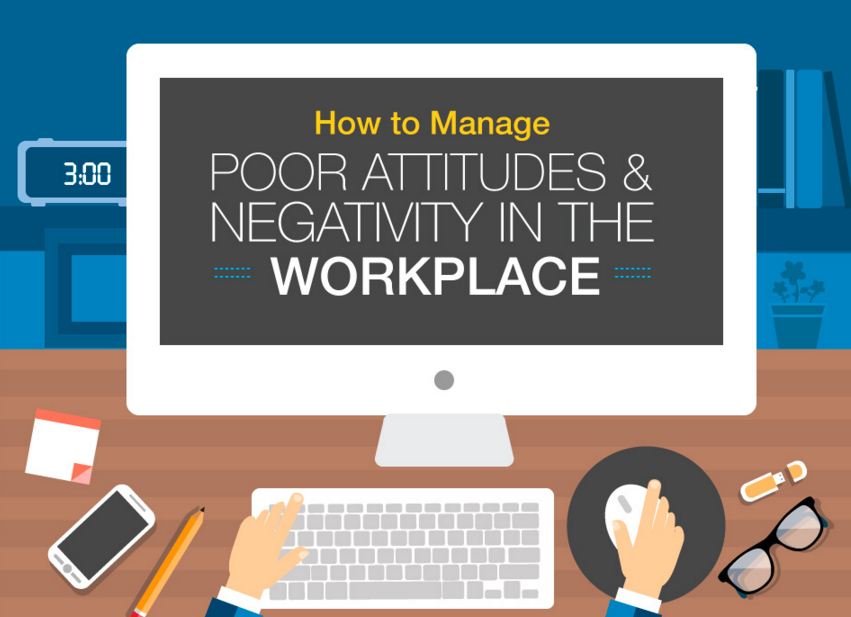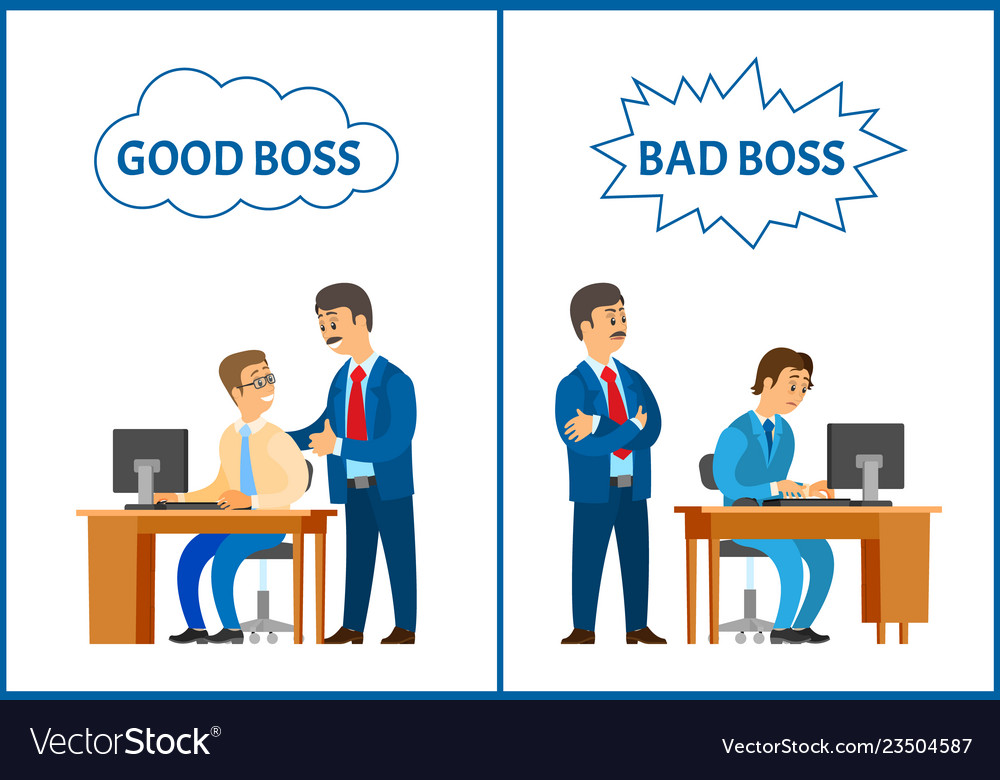How To Deal With A Good Employee With Bad Attitude

A toxic environment, even fueled by a star performer, can cripple team morale and productivity. Addressing negative attitudes swiftly and decisively is critical for leadership.
This article provides actionable strategies for managers facing the challenge of a high-performing employee with a problematic attitude, focusing on practical steps to correct the behavior while retaining valuable talent.
Identify the Root Cause
Before taking action, understand why the employee is exhibiting a negative attitude. Is it burnout, lack of recognition, feeling undervalued, or personal issues bleeding into the workplace?
Speaking with the employee directly in a private, empathetic setting is crucial. Listen actively and avoid accusatory language.
Dig below the surface complaints to discover underlying needs and expectations.
Document Everything
Maintain a meticulous record of specific incidents, dates, and witnesses. This documentation is essential for performance improvement plans and potential disciplinary actions.
Include details about the negative behavior's impact on team dynamics and project outcomes. Don't rely solely on subjective impressions.
Objectivity is paramount when addressing attitude problems.
Provide Clear and Direct Feedback
Avoid ambiguity and deliver feedback directly, linking specific behaviors to negative consequences. Focus on impact, not intent.
Frame feedback constructively, emphasizing the employee’s potential and the value of positive change. Offer concrete examples of desired behavior.
Avoid generalization and focus on demonstrable problems.
Establish Clear Expectations and Consequences
Set clear expectations for appropriate workplace behavior and outline the consequences of continued negativity. Ensure the employee understands the requirements.
Document these expectations in a formal performance improvement plan (PIP) with specific, measurable, achievable, relevant, and time-bound (SMART) goals.
Consistently enforce the outlined consequences if the employee fails to meet the PIP requirements.
Offer Support and Resources
Provide the employee with resources to improve their attitude and manage stress. This might include coaching, mentoring, or access to employee assistance programs (EAPs).
Consider adjusting workload or responsibilities if burnout is a contributing factor. Explore flexible work arrangements or opportunities for professional development.
Demonstrate a genuine commitment to the employee's well-being and success.
Address Team Concerns
Acknowledge the negative impact of the employee's behavior on the team. Address concerns without divulging confidential information.
Reinforce team values and expectations for respectful communication and collaboration. Emphasize the importance of a positive work environment.
Consider team-building activities to improve morale and communication.
Know When to Cut Your Losses
Despite your best efforts, some employees may be unwilling or unable to change their behavior. Accepting this outcome is important.
If the negative attitude persists despite feedback, support, and consequences, termination may be necessary. This protects the team and the overall work environment.
Consult with HR and legal counsel before initiating termination proceedings to ensure compliance with all applicable laws and policies.
Ongoing Monitoring and Reinforcement
Continue to monitor the employee’s behavior after implementing a performance improvement plan. Provide regular feedback and coaching.
Recognize and reward positive changes in attitude and behavior. Reinforce the importance of a positive work environment.
Consistent management reinforces positive behavior and improves overall performance.
Next Steps: Review your company's policies on employee conduct and performance management. Implement a clear process for addressing negative attitudes and ensuring a positive work environment for all employees.


















